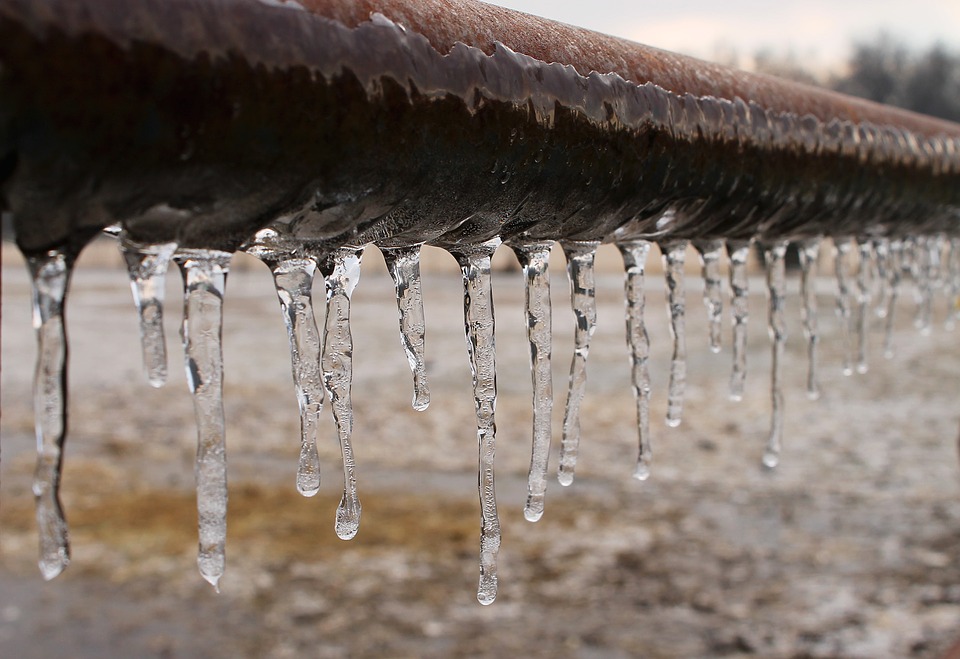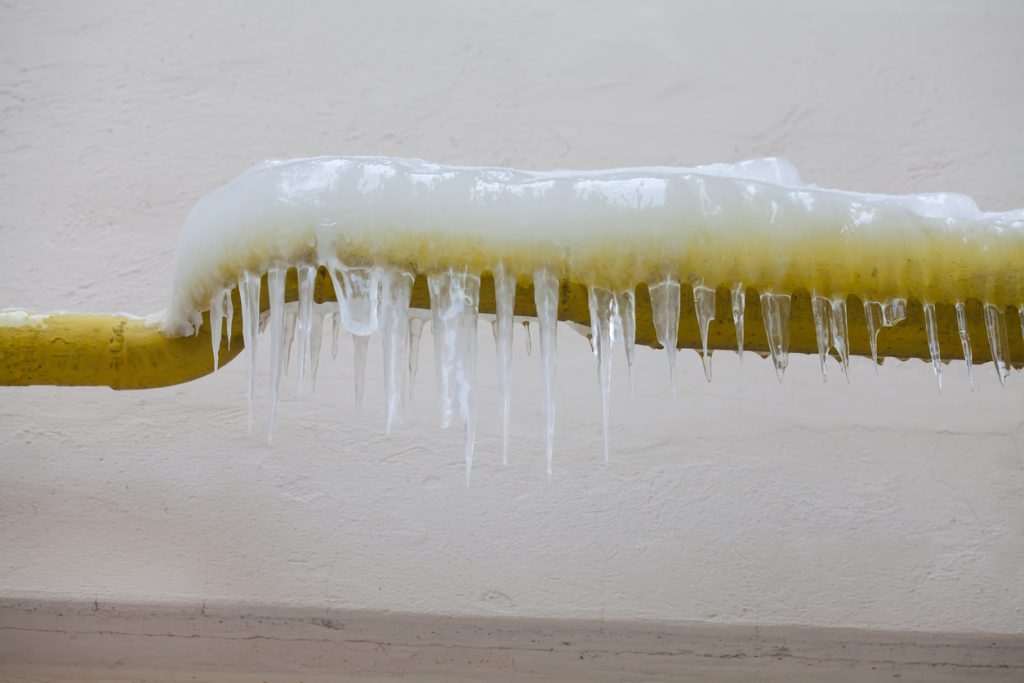Protecting Your Pipes from Cold Weather: Effective Methods
Protecting Your Pipes from Cold Weather: Effective Methods
Blog Article
We have unearthed this article pertaining to Prevent Frozen Pipes down the page on the internet and thought it made perfect sense to share it with you on this page.

Cold weather can damage your plumbing, especially by freezing pipes. Right here's just how to avoid it from taking place and what to do if it does.
Introduction
As temperature levels decrease, the threat of frozen pipes increases, possibly causing costly repair work and water damages. Comprehending how to prevent icy pipes is essential for property owners in chilly climates.
Avoidance Tips
Shielding susceptible pipelines
Wrap pipelines in insulation sleeves or use warm tape to safeguard them from freezing temperature levels. Focus on pipes in unheated or outside areas of the home.
Heating strategies
Keep interior spaces adequately warmed, specifically areas with plumbing. Open closet doors to enable warm air to distribute around pipelines under sinks.
How to determine icy pipes
Look for reduced water circulation from faucets, uncommon odors or sounds from pipes, and visible frost on exposed pipes.
Long-Term Solutions
Structural modifications
Consider rerouting pipelines away from exterior wall surfaces or unheated areas. Include added insulation to attic rooms, basements, and crawl spaces.
Upgrading insulation
Buy top notch insulation for pipelines, attics, and wall surfaces. Appropriate insulation aids preserve consistent temperature levels and decreases the threat of frozen pipelines.
Protecting Outdoor Pipes
Yard hose pipes and outdoor faucets
Separate and drain garden tubes before winter season. Install frost-proof faucets or cover exterior taps with insulated caps.
Recognizing Frozen Pipelines
What creates pipes to ice up?
Pipes freeze when subjected to temperatures below 32 ° F (0 ° C) for prolonged durations. As water inside the pipelines freezes, it expands, taxing the pipeline walls and possibly creating them to rupture.
Risks and problems
Icy pipes can lead to supply of water interruptions, residential property damage, and costly fixings. Burst pipelines can flooding homes and trigger comprehensive structural damages.
Indicators of Frozen Pipeline
Recognizing icy pipelines early can stop them from breaking.
What to Do If Your Pipelines Freeze
Immediate activities to take
If you believe icy pipelines, maintain taps available to eliminate pressure as the ice melts. Make use of a hairdryer or towels soaked in warm water to thaw pipes gradually.
Verdict
Protecting against icy pipes requires proactive actions and fast feedbacks. By comprehending the causes, signs, and safety nets, property owners can safeguard their pipes throughout cold weather.
5 Ways to Prevent Frozen Pipes
Drain Outdoor Faucets and Disconnect Hoses
First, close the shut-off valve that controls the flow of water in the pipe to your outdoor faucet. Then, head outside to disconnect and drain your hose and open the outdoor faucet to allow the water to completely drain out of the line. Turn off the faucet when done. Finally, head back to the shut-off valve and drain the remaining water inside the pipe into a bucket or container. Additionally, if you have a home irrigation system, you should consider hiring an expert to clear the system of water each year.
Insulate Pipes
One of the best and most cost-effective methods for preventing frozen water pipes is to wrap your pipes with insulation. This is especially important for areas in your home that aren’t exposed to heat, such as an attic. We suggest using foam sleeves, which can typically be found at your local hardware store.
Keep Heat Running at 65
Your pipes are located inside your walls, and the temperature there is much colder than the rest of the house. To prevent your pipes from freezing, The Insurance Information Institute suggests that you keep your home heated to at least 65 degrees, even when traveling. You may want to invest in smart devices that can keep an eye on the temperature in your home while you’re away.
Leave Water Dripping
Moving water — even a small trickle — can prevent ice from forming inside your pipes. When freezing temps are imminent, start a drip of water from all faucets that serve exposed pipes. Leaving a few faucets running will also help relieve pressure inside the pipes and help prevent a rupture if the water inside freezes.
Open Cupboard Doors
Warm your kitchen and bathroom pipes by opening cupboards and vanities. You should also leave your interior doors ajar to help warm air circulate evenly throughout your home.

Do you enjoy more info about How to Prevent Your Pipes From Freezing? Create feedback down below. We will be happy to see your opinion about this write-up. Hoping that you visit us again before long. Sharing is nice. You never know, you might be doing someone a favor. We thank you for your readership.
Schedule A Service Call Report this page